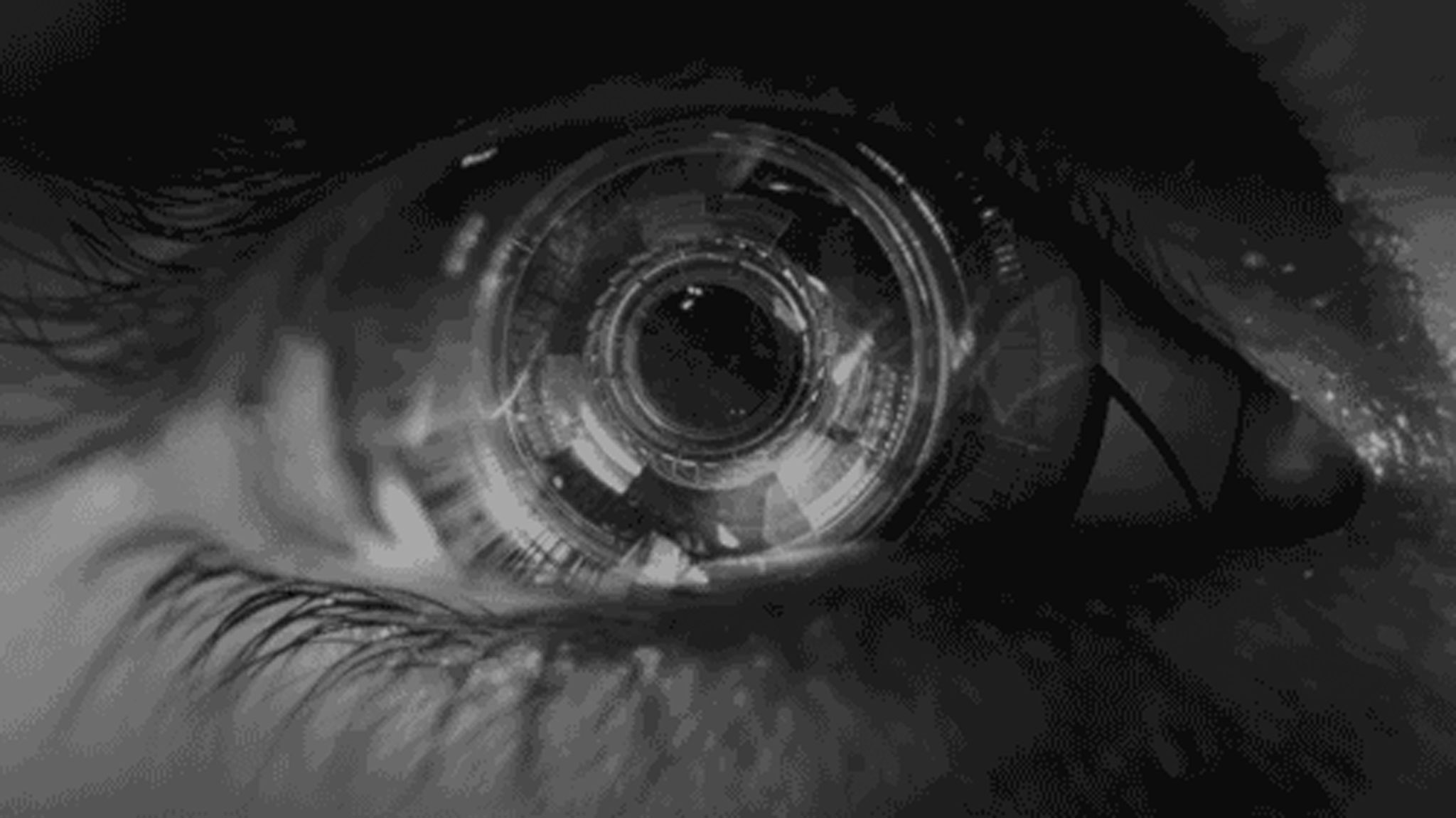Samsung TVs haven’t changed in 5 years. Cameras look the same as they did in the times of Ansel Adams. Hardware hasn’t progressed at all in comparison to the exponential growth of software, except for the hardware of robotic arms – which a competition called the Cybathlon is fueling.
It’s not just robotic arms either. All prosthetics are making crazy advancements.
For many years, the choice was between leaving the residual limb or something along the lines of a hook or non-moving hand. No longer, though. Now there are robotic arms that sense muscle twitches in the residual limb allowing a wide range of functions. Once, the thought of grasping a water bottle was absurd. But, now one can cut their own steak, type on the computer, and perform a normal handshake.
Much of the prosthetic advancements were initially to aid paraplegic veterans. But, now a larger driving force is competition within the industry. And not a competition like Apple vs. Microsoft of the 80s. Literally their prosthetics face-off against one another in the Cybathlon, also known as the Cyborg Olympics.
The Cybathlon is a beautiful confluence of man and machine in a way you’ve never seen before, which had me thinking about cyborg sports.
How long before someone with robotic arms or other prosthetics reaches the professional level? Would administrators restrict them to only the Cybathlon? Can a “cyborg” train their body to be a greater athlete than the professionals of today? Would a “cyborg baller” do LeBron’s pre-game ritual of rubbing chalk on his hands and throwing it in the air?
I can already sense a major pushback of fans and administrators complaining of the robotic way a cyborg would play sports. But, they fail to realize that robotic arms don’t make you a perfect shooter.
Robotic Arms Don’t Give You A Competitive Mindset
When you are shooting a free throw, it is just you and the basket; the only thing in your way of making that shot is your mindset. Creating is no different than shooting a free throw – just you and your goal.
There are two distractions that will create mental barriers and prevent us from making shots: the crowd and the situation.
The minute you put something out in the world some people will cheer, while others will jeer. Many creatives will make the mistake of focusing on the what these people say and either feel hurt or become full of themselves. There’s a time and a place for feedback, but it’s not during the process of creating.
Instead, you should do one of two things. One, drown out all of the noise and focus on only your goal. Two, harness all of this energy and redirect it into your shot. Either way, don’t let the crowd itself influence your shot.
Another external distraction is the situation. Whether you are down 1 point with 10 seconds left or in the middle of the game, don’t let the situation get the best of you.
You must develop a routine to get mentally focused. Every basketball player gets up to the free-throw line and has a routine. One might spin the ball twice or dribble with their right hand or take a deep breath, but they all repeat the routine exactly the same every time.
As a creative, find your routine that helps you get into your creative zone. When your rhythm stops, take a break, and go back to your routine. This is how you cloud out all those distractions and narrow your focus.
Personally, my routine revolves around catching up on the latest advancements in technology, which I then put into a Quick Theories–my brief, weekly newsletter of thoughts on modern technology, how it’ll affect your life, and why you should adapt to these changes in your own creative way. If you feel overwhelmed by the rapid advancement in technology, you can sign up here: quicktheories.com


